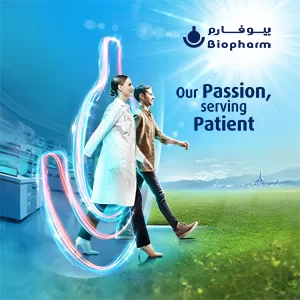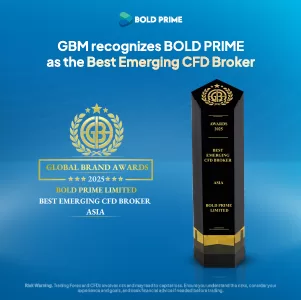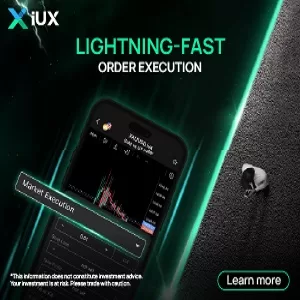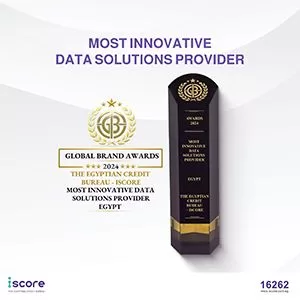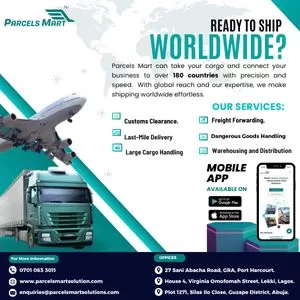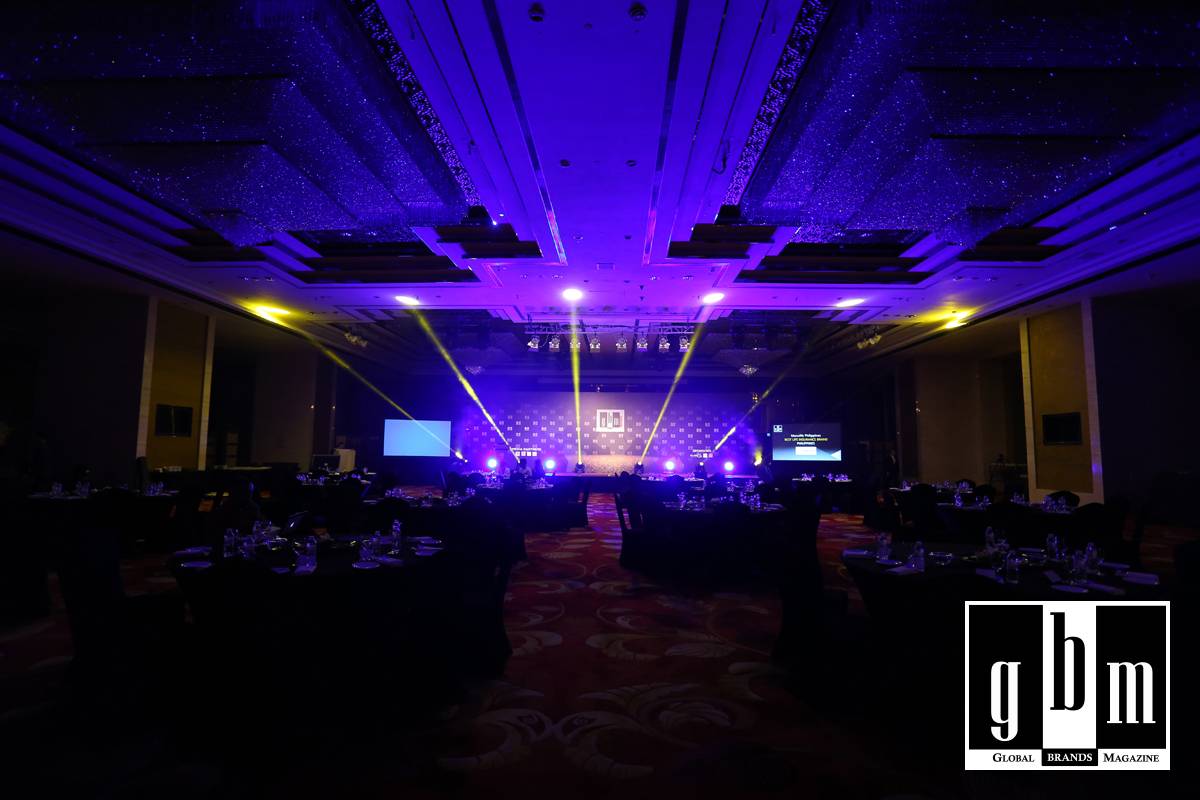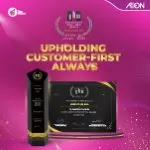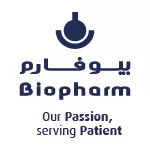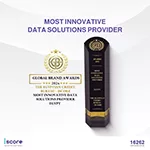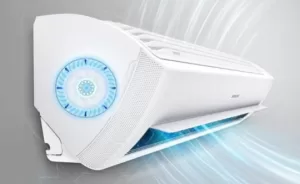Xpanceo and the Future of Wearable Technology: A Closer Look at the Smart Contact Lens Revolution
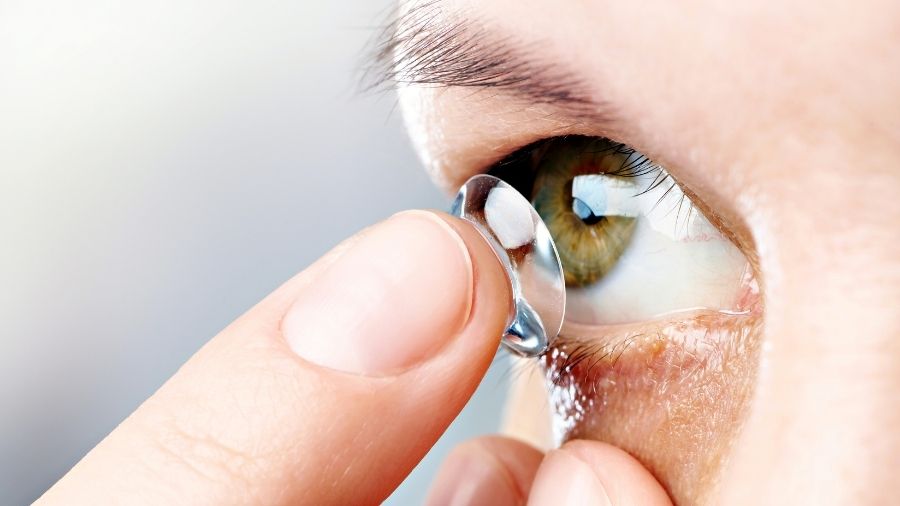
- Xpanceo secures $250 million in Series A funding to develop a smart contact lens with multi-use capabilities.
- A verified look into the company’s goals, technology roadmap, and implications for the wearable tech industry.
The Future of Wearables: Xpanceo Enters the Smart Contact Lens Race
Xpanceo, a deeptech startup based in Dubai, has raised $250 million in Series A funding to build what it claims will be the world’s first multifunctional smart contact lens. Founded by physicist Dr Valentyn S. Volkov and entrepreneur Roman Axelrod, the company is grounded in expert knowledge in nanophotonics and advanced materials. They are now expanding into Singapore to redefine user interaction with digital systems.
Instead of making yet another smartwatch or AR glasses product, Xpanceo is focused on the eye. It is working on a contact lens that would be an all-in-one digital interface. The idea is a device that provides augmented reality, health monitoring, night vision, and communication, all in a box that fits right on the eye.
What Xpanceo is Building
Xpanceo says it is developing a suite of optical and sensor technologies that will be integrated into an ultra-thin smart lens. Features in development include AR overlays, real-time health tracking, night-vision enhancement, and on-lens notifications. It is known that the company have developed multiple working prototypes that demonstrate some of their capabilities, including glucose monitoring or AR projections, for example. There is no public evidence at present of a single prototype that has all features integrated into one working device.
Although the company has not yet publicly demonstrated these technologies as a single unit, the potential use cases and applications it hopes to put them to have been set forth. Pending are independent verification and live demonstrations.
Where It Could Be Used
In healthcare, Xpanceo has highlighted its development of lenses capable of monitoring intraocular pressure and analysing tear fluid to detect glucose levels. Such types of applications could serve patients with chronic illnesses such as diabetes or glaucoma. The firm is also working on an AR navigation system that can project visual directions onto the field of view.
Not mentioned by the firm is language translation, which is often talked about in the wider realm of smart lenses. Improved accessibility can also be part of the roadmap. Xpanceo has mentioned colour correction and night vision as potential features that could assist visually impaired users down here.
Funding and Growth Plans
Xpanceo’s $250 million Series A round was led by Opportunity Ventures and included participation from undisclosed family offices in Asia and Europe. Having followed $40 million raised in a seed round led by the same investor, this tranche of venture capital is significant. The funds will be used mainly to expand R&D labs in Dubai and Singapore, build products, and prepare for clinical trials slated to commence by the end of 2025.
The team is focused on medical applications as its initial go-to-market strategy. This will undergo rigorous testing before any translation into consumer segments may be viable. Other use cases being considered include industrial AR and defence applications, in addition to healthcare.
The Competitive Landscape
Xpanceo joins a field with a handful of early-stage competitors. Mojo Vision, a US-based company, has publicly demonstrated a smart contact lens with a built-in microLED display and eye-tracking capabilities. Google, through its Verily unit, previously attempted to develop a glucose-monitoring contact lens but ended the project in 2018 due to challenges in data reliability. Sony holds patents for lens-integrated camera systems, but no functional prototypes have been released.
Xpanceo’s proposition stands out because of its intent to unify multiple high-value features—AR, health diagnostics, and communication—into one wearable lens. Whether the company can achieve this technical milestone remains to be seen.
Advantages and Known Limitations
Smart contact lenses offer several clear advantages. They could enable hands-free, screen-free digital interactions. They are discreet and lightweight, avoiding the social and comfort issues linked to smart glasses. Their ability to deliver real-time physiological monitoring makes them especially relevant in health-focused use cases.
Challenges are equally significant. Miniaturised power sources remain an unsolved engineering problem. The ability to power sensors, displays, and transmitters in a lens without generating heat or discomfort is a major constraint. Privacy concerns are also central. Eye-tracking data and biometric information must be handled with strict regulatory compliance, particularly in the UK and EU under frameworks like GDPR.
Manufacturing is another issue. Producing complex, medically safe lenses at scale with nanotech-level precision is difficult and expensive. Safety testing must be rigorous and align with medical device standards before the product can be brought to market.
What This Means for Wearable Tech Brands
If Xpanceo delivers on its goals, it could reshape how brands approach user interaction. The shift from screen-based interfaces to invisible, embedded tech means companies will need to rethink design principles. Developers of mobile apps, health platforms, or AR content may find themselves adapting to a new visual medium that functions directly within the user’s line of sight.
As ambient computing becomes more prevalent, user experience teams will face challenges in designing intuitive interactions without screens. Health platforms might see a future where real-time, passive data collection is the norm, not the exception.
Upcoming Milestones
Xpanceo has stated its goal of beginning clinical trials by the end of 2025. These trials will focus first on medical-grade features. The company is actively expanding its hiring in fields such as optics, neurology, and interface design.
While the company has yet to announce commercial partnerships or market timelines, it does have multiple patents pending. These include a method for producing a metal-containing film blank and a wearable optical device, both of which support its ongoing product development.
What You Should Be Thinking About
Would you use a contact lens that projects AR visuals into your field of view? Are you comfortable with devices that collect sensitive biometric data from your eyes? These questions are no longer theoretical. For tech brands and developers, the answers will guide how future products are built and adopted.
Understanding consumer attitudes around trust, comfort, and privacy will be key to navigating this next phase in wearable technology.
Regulation and Global Readiness
GDPR rules in the EU already restrict how companies can collect, store, and use biometric data. Similar policies are being developed in markets like the UK, North America, and Asia. Brands looking to enter the smart contact lens space will need to invest in consent frameworks, encrypted data storage, and transparent user policies.
Legal requirements will also likely include periodic compliance reviews and strict guidelines on what types of data can be processed. Companies hoping to operate across multiple jurisdictions must begin adapting now to avoid costly delays later.
So what’s your take on this latest development in wearable technology? Tell us!












